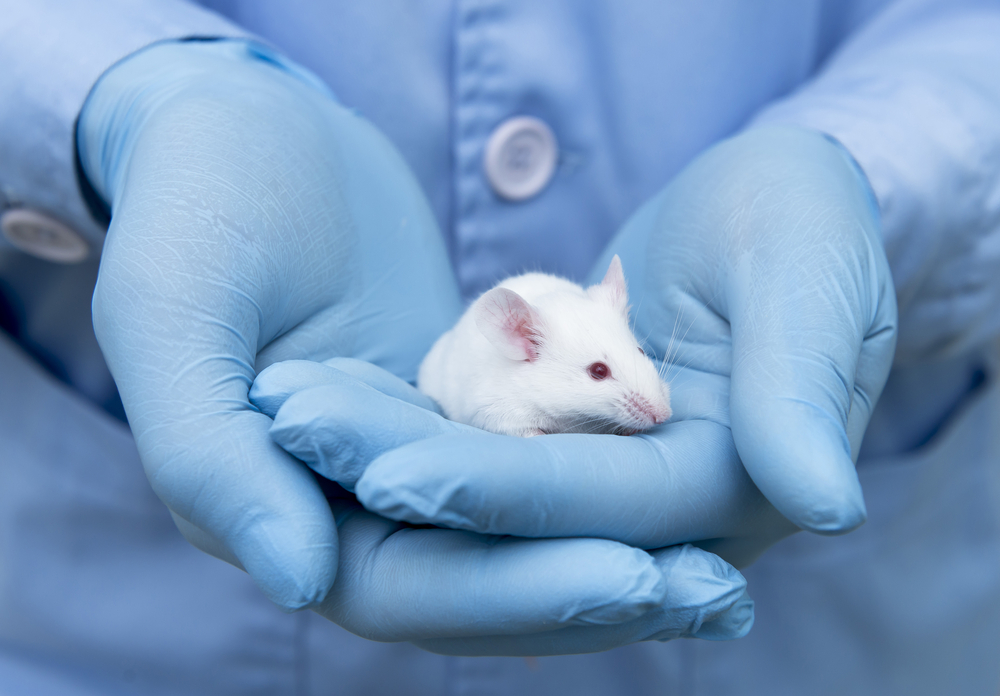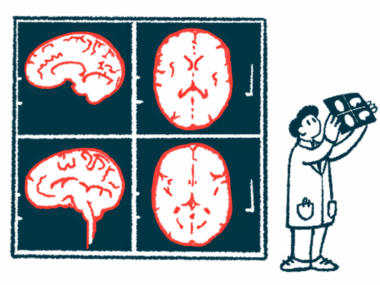UV-B Light Prevents MS Symptoms in Mice Independently of Vitamin D, Study Finds
Written by |

Exposure to UV-B light prevented multiple sclerosis (MS)-like symptoms in a mouse model regardless of the presence of vitamin D or the vitamin D receptor, a new study discovered.
The study, “UV light suppression of EAE (a mouse model of multiple sclerosis) is independent of vitamin D and its receptor,” was published in the journal Proceedings of the National Academy of Sciences.
There is mounting evidence of a connection between MS and sunlight exposure. People who are exposed to medium-to-high levels of ultraviolet-B (UV-B) radiation from sunlight — especially during childhood — have a lower risk of developing MS.
Given that UV-B exposure triggers the synthesis of vitamin D in the skin, many researchers have linked MS to a lack of vitamin D due to low sunlight exposure.
But this link between vitamin D deficiency and MS recently has been challenged. Research using a mouse model for MS showed that exposure to UV-B prevented MS-like symptoms without increasing vitamin D levels.
This prompted researchers to further investigate the UV-B’s protective role in mice. The investigators now exposed specially bred mice — ones lacking the ability to synthesize vitamin D, or that do not have the vitamin D receptor (VDR) — to UV-B light.
The MS mouse model selected is known as the experimental autoimmune encephalomyelitis (EAE) model, which mimics the attack to the myelin sheath (the protective coat of neurons) causing neurodegenerative symptoms similar to MS symptoms in humans.
To prevent vitamin D synthesis, a group of mice were bred to lack a protein called 7-dehydrocholesterol (7-DHC), which is a vitamin D precursor. In normal conditions, when exposed to UV-B light, 7-DHC is converted to previtamin D3, which goes on to form vitamin D. Without 7-DHC, vitamin D production is stopped.
A second group of mice were bred to lack the protein that generates the biological active form of vitamin D (25-hydroxyvitamin D3 or 25(OH)D3), while a third group were bred without the VDR. Mice that were still able to produce vitamin D were used as controls (wild-type or WT).
In all mice, EAE was induced, and half were given a daily dose of UV-B light. Each weekday for 3 weeks, the clinical signs of EAE were scored.
Results showed that UV-B light reduced EAE symptoms in all mice regardless of their ability to produce vitamin D.
In the wild-type or WT mice, the incidence — new disease — was 54% in mice exposed to UV-B, compared with 81% in those without UV-B exposure. Meanwhile, in mice lacking 7-DHC production, the incidence was 44% in the UV-B-exposed group, and 85% in the control group.
Similar results were obtained in mice that could not produce the active form of vitamin D or 25(OH)D3, or mice that lacked the VDR.
“In each case, UV fully retained its ability to suppress disease, demonstrating that neither vitamin D nor its receptor is required,” the researchers said.
“The experimental evidence presented here demonstrates that the suppression of EAE by UV light is independent of vitamin D,” they concluded.
“The current results are promising for the use of [UV-B] to suppress the development of MS, and pave the way to determine the biochemical impact of [UV-B] and isolation of the resulting active substance that suppresses EAE,” the researchers said.





